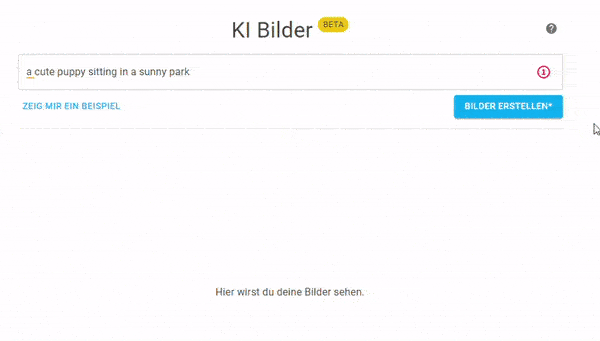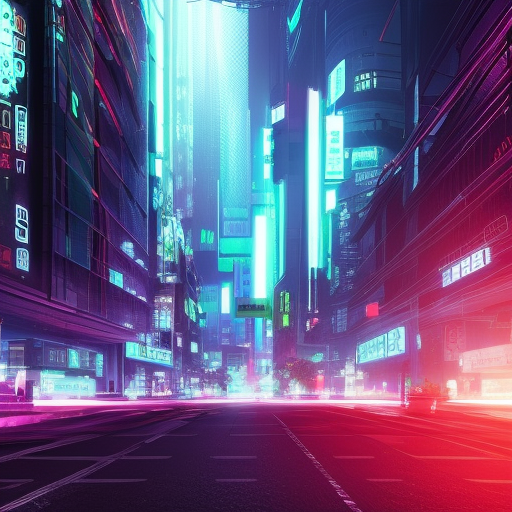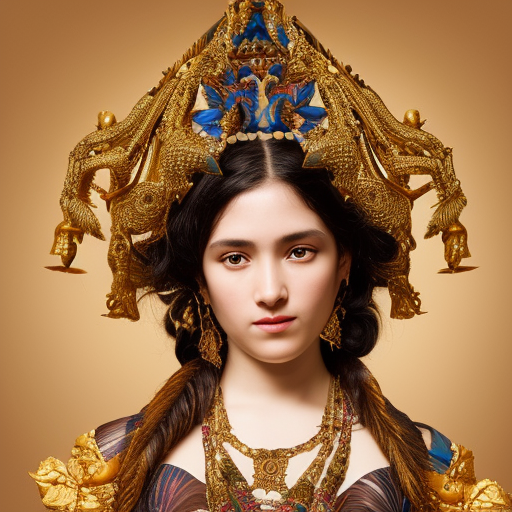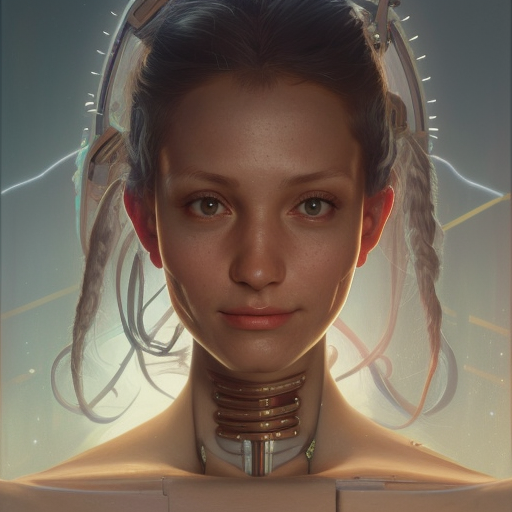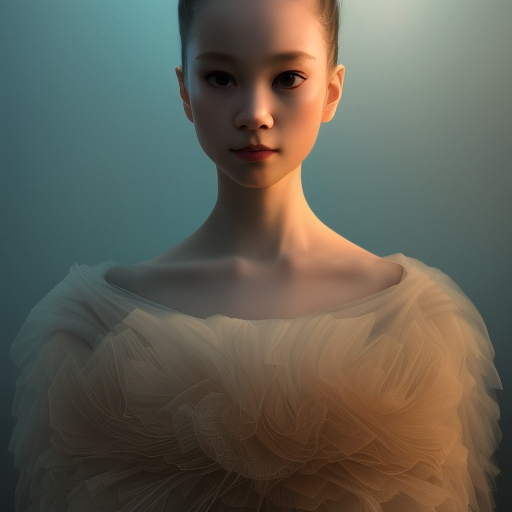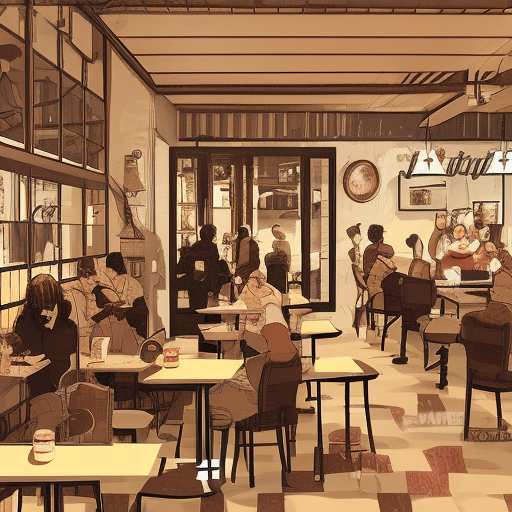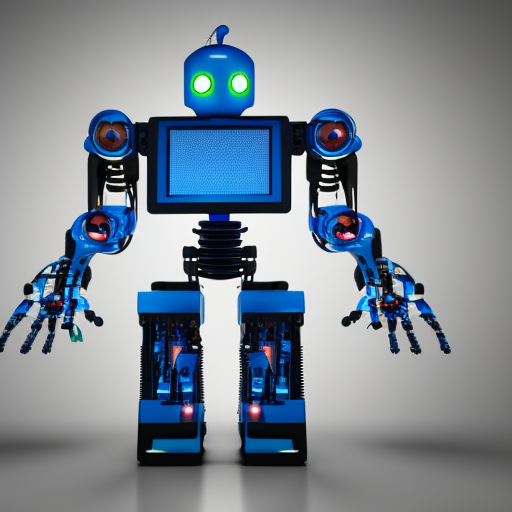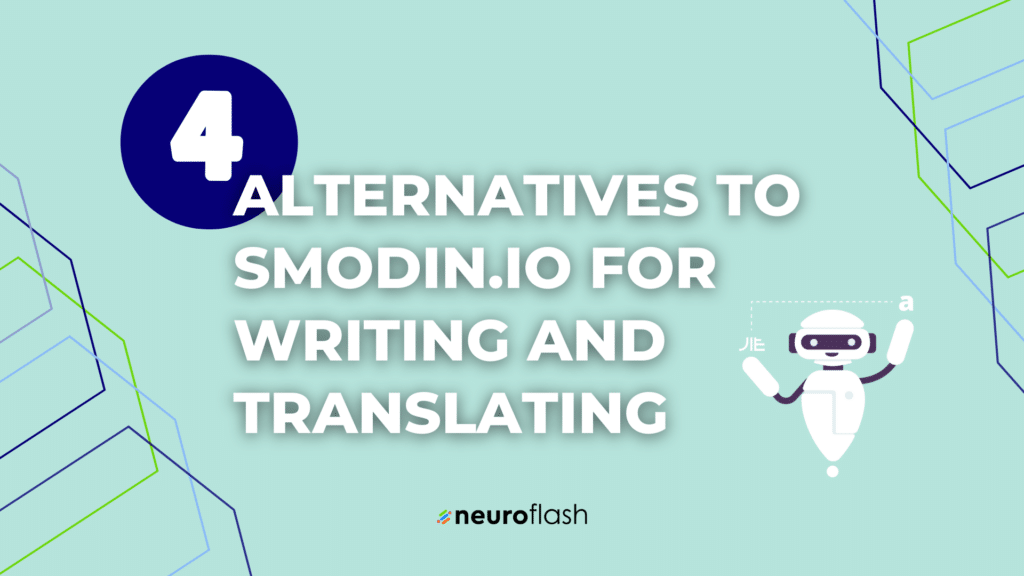What is Stable Diffusion?
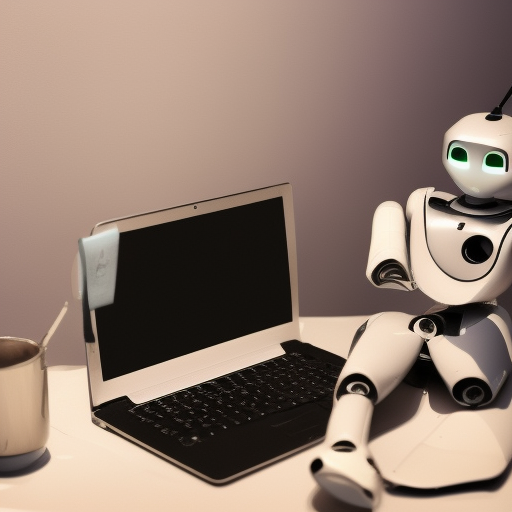
With Stable Diffusion, it’s possible to generate images through text prompts. It’s an open-source, deep learning, text-to-image model which was released in 2022.
Developed by the start-up company Stability AI, which is based in London and California, Stable Diffusion is founded by Emad Mostaque and has been made possible thanks to different collaborators such as LMU Munich, EleutherAI and RunwayML. Find out here what you can do on Dream studio.
Pros and Cons
- High Quality
- Unlimited possibilities
- Different art styles can be explored quickly
- Currently, no real copyright projections worldwide
- Possible risks with using AI-art
- Still unsure about AI technology in general
Stable Diffusion: Free examples by neuroflash
Futuristic City Street
Oriental
Cyborg
Dancer
Places
With neuroflash, you are capable of creating all the images that are in your head. All you need to do is describe the photo you are visioning, and the image generator will give you the result in a spawn of a couple of seconds. Create your account here.
What is AI?
How does AI work?
How do I create an AI-generated image?
Frequently asked questions
Are AI-generated images copyrighted?
What can AI do exactly?
Will AI replace humans?
This is a difficult question to answer. On the one hand, there are many tasks that AI can now perform better than humans, such as complex mathematical calculations or recognizing patterns in data. On the other hand, there are many tasks that AI cannot yet do as well as humans, such as empathizing with other people or making ethical decisions. It is difficult to predict the future, but it seems unlikely that AI will increasingly replace humans in many jobs.
Useful tips on text prompts for AI images
When you have an AI image, the first thing you need to do is to determine what type of text prompt will be most useful for the project you’re working on. Here are some tips:
- If your goal is to create a realistic or naturalistic image, it’s best to use a straightforward description of what’s happening in the scene. This will help the AI system generate an image that looks true-to-life.
- If you want your AI image to be more stylized or abstract, consider using a less literal prompt. For example, instead of describing exactly what’s happening in a scene, you might provide emotional clues or ask the system to generate an “image representing [x] concept.”
- Pay attention to word choice and grammar when crafting your text prompt—these can affect how successfully an AI system interprets your request and generates an appropriate response
Useful tips on using AI Image Generators
- Choose the right generator for your needs. There are a number of different AI image generators available, so make sure you choose one that is suited to your needs.
- Follow the instructions carefully. Each generator will have its own set of instructions, so make sure you follow them carefully in order to get the best results.
- Experiment with different settings. Many AI image generators allow you to experiment with different settings in order to create different effects. So, don’t be afraid to experiment and see what you can come up with.
- Use high-quality images. The quality of the images you use will have a direct impact on the quality of the generated images. So, if you want to generate high-quality images, make sure you use high-quality source images.









